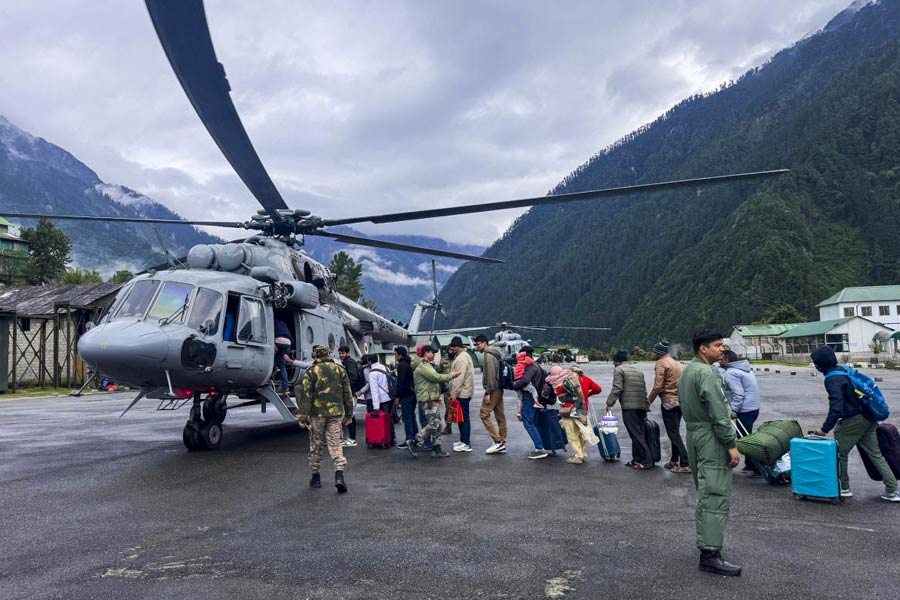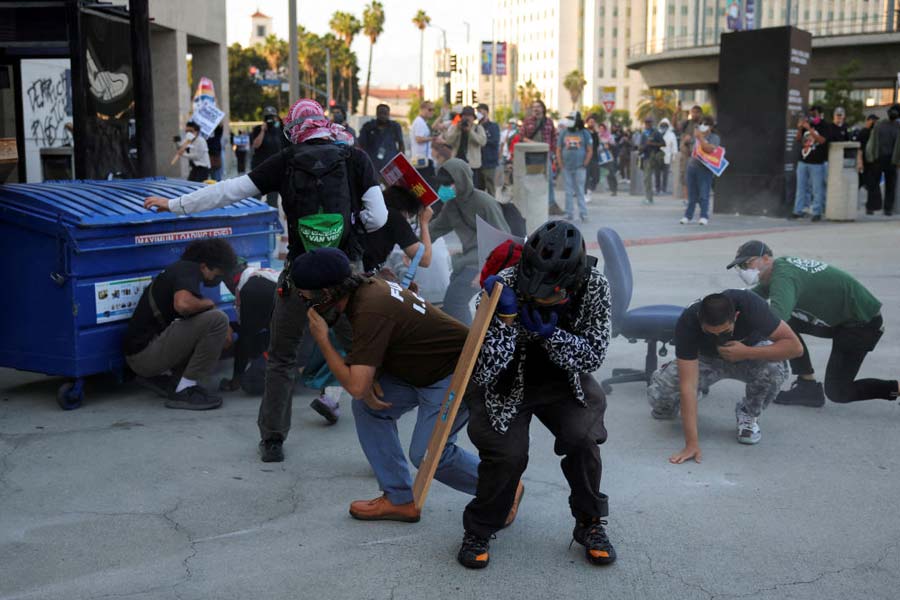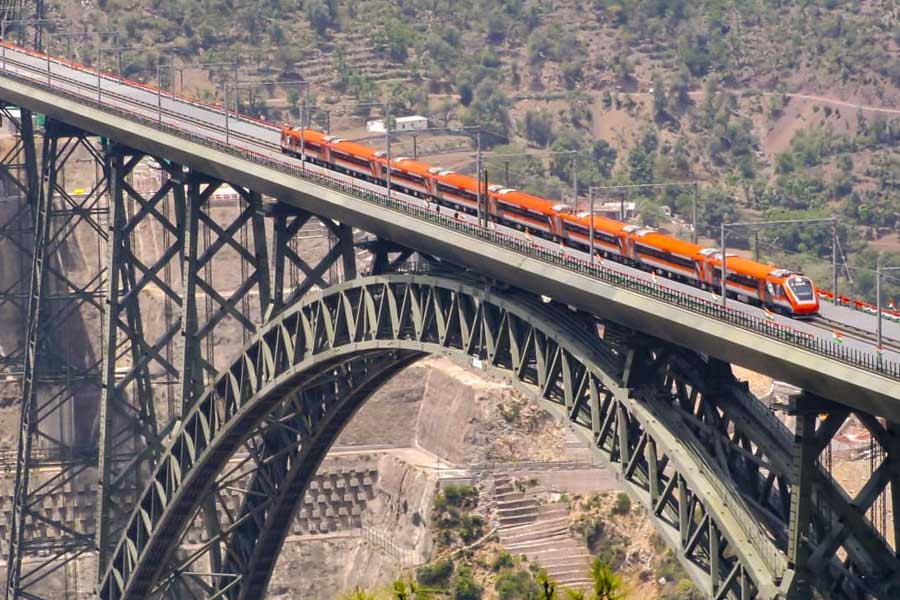Jamshedpur, Sept. 25: For the first time, artists from Jharkhand have got an opportunity to showcase the tribal arts and crafts at ?Srijani?, a national-level craft village, organised by the Eastern Zonal Cultural Centre (EZCC) at Santiniketan, West Bengal.
Officials of Kalamandir, an organisation promoting arts and crafts of Jharkhand, said they have sent four artists to the event, which kicked off today.
The artists include Bhutnath Chitrakar (Dhalbhumgarh), Vivek Singh (Chandil), Asutosh Sabar (Seraikela) and Bahadur Soren (Khunti). They are specialised in arts such as Pyatkar, Dokra paintings, woodcraft and terracotta. Secretary of Kalamandir, Amitava Ghosh, said the craft village will continue till October 5.
?The artists from Jharkhand were deprived from participating in the craft village since its inception. It was due to the initiative taken by the state culture department, that the EZCC has agreed to allow participation of these artists this year,? he said.
Moreover, he revealed, two artists ? Vijay Chitrakar and Gopal Chitrakar ? would also participate in a five-day national level workshop on tribal arts to be organised by Lalit Kala Academy at Gumla from September 27.
Kalamandir is also organising a five-day craft designing workshop in its premises in Bistupur. The workshop was inaugurated by Anuradha Mishra, joint commissioner, Income Tax today. The workshop would deal with two forms of tribal arts ? Dokara and Pyatkar paintings.
Dokra art comprises the manufacture of brass, bell and bronze metal items. A traditional form of art, Dokra is widely popular in Jharkhand and its adjoining areas.
While Pyatkar paintings, also known as scroll paintings are an ancient form of art among tribals of Jharkhand and its neighbouring areas. Popularly known as Pat in Manbhum area of Jharkhand, the painters known as Pyatkars earn their living by narrating the incidents from the life of a man who is dead.
Artisans of this form of art, earn their living by travelling and singing folk songs and depicting dead person?s life through the medium of painting. They are non adivasis by caste.
The adivasis not only hold them in high regard, but also respect their art. Unfortunately, lack of recognition and promotion has resulted in the vurtula extinction of the art, forcing the artists to forsake their traditional occupation for other lucrative jobs. Social and economic hardships have forced the painters to dissuade their children from pursuing their age-old profession. Moreover, the essence of Pyatkar art is slowly being replaced by modern techniques.











